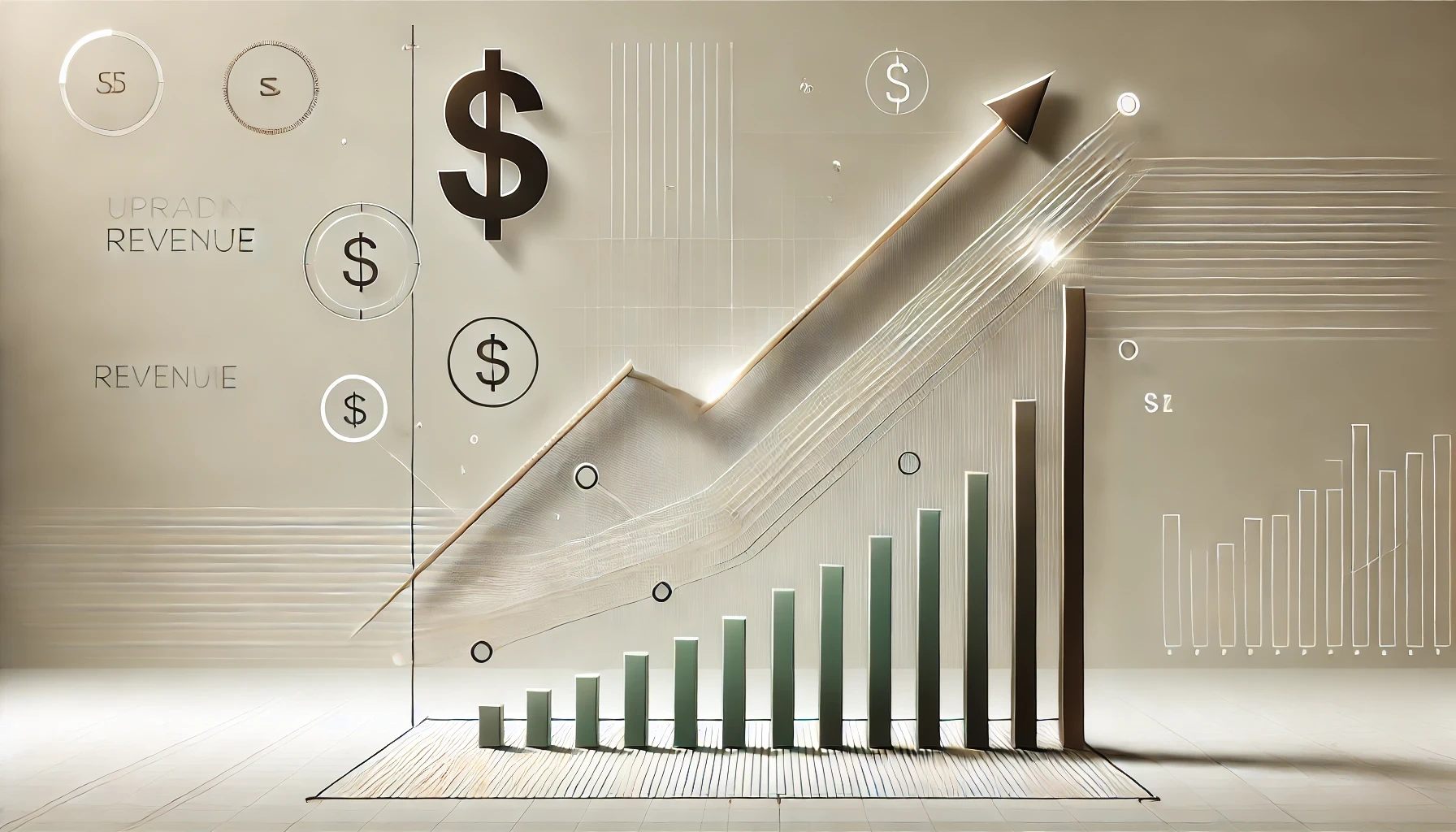Mastering Revenue Forecasting: Best Practices for Sales Leaders
Aug 5, 2024
|
5
min read
Revenue forecasting is a critical aspect of sales management, providing a roadmap for future business decisions. Accurate forecasts enable sales leaders to allocate resources effectively, manage budgets, and set realistic sales targets. However, achieving precision in revenue forecasting can be challenging. In this blog, we’ll explore actionable insights and data-driven strategies to enhance your revenue forecasting accuracy.
Understanding the Current Landscape
Market Conditions and Trends: The B2B sales landscape has experienced significant fluctuations over the past few years. A report by Pavilion and Ebsta, analyzing over 4.2 million opportunities and $54 billion in revenue, reveals several key trends:
Sales Cycles: Sales cycles grew by 16% in the first half of 2023 compared to 2022 and by 38% compared to 2021. By the end of 2023, cycles reduced by 23% as the market stabilized.
Win Rates: Despite an initial improvement in H1 2023, win rates declined by 18% compared to 2022 and by 27% compared to 2021.
Budget Constraints: Lack of budget was a recurring theme, with average deal values decreasing by 21%
These trends highlight the need for adaptable and precise forecasting methods to navigate market volatility effectively.
Best Practices for Accurate Revenue Forecasting
Utilize Historical Data: Historical sales data provides a solid foundation for forecasting. Analyzing past performance can help identify patterns and trends that are likely to repeat. Ensure your data is clean, up-to-date, and comprehensive.
Incorporate Market Analysis: Stay informed about market trends and industry benchmarks. For instance, 87% of buyers reported completing purchases within six-month sales cycles, while 65% of enterprise buyers took up to 12 months (Pavilion and Ebsta, 2024). Understanding these timelines can help set realistic expectations.
Leverage Advanced Analytics: Use predictive analytics and machine learning to enhance forecast accuracy. These tools can analyze vast amounts of data to identify trends and predict future sales outcomes more reliably than traditional methods.
Regularly Update Forecasts: Regular updates to your forecasts ensure they remain accurate as new data becomes available. This is particularly important in dynamic markets where conditions can change rapidly.
Engage Your Sales Team: Involve your sales team in the forecasting process. Their insights and on-the-ground experience can provide valuable context to the numbers. Collaborative forecasting also increases buy-in and accountability.
Monitor Key Metrics: Track key performance indicators (KPIs) such as conversion rates, average deal size, and sales cycle length. For example, higher activity in the discovery and negotiation stages correlates with won deals, while increased activity in early stages often indicates lost deals (Pavilion and Ebsta, 2024).
Account for Deal Slippage: Deal slippage—when deals take longer to close than expected—is a common issue. Identify deals likely to slip by monitoring how long they spend in each stage. If the "Qualification" stage exceeds average duration by 50%, the deal is 120% more likely to slip(Pavilion and Ebsta, 2024).
Scenario Planning: Develop multiple forecast scenarios (best case, worst case, and most likely) to prepare for various outcomes. This helps in creating flexible strategies that can adapt to changes in the market.
Use Technology to Your Advantage: Invest in robust CRM systems and forecasting tools that provide real-time data and insights. These tools can automate data collection and analysis, reducing manual errors and saving time.
Train and Develop Your Team: Ensure your sales team is well-trained in using forecasting tools and understanding the importance of accurate data input. Continuous training and development can significantly improve forecast reliability.
Discover how DealPad can help your sales team collaborate more effectively and forecast with greater accuracy. Our platform provides the tools you need to streamline sales processes, engage with buyers, and drive revenue growth.
Try dealpad for free today and start forecasting with confidence.
Summary of Tips
Utilize historical data and market analysis.
Leverage advanced analytics and regularly update forecasts.
Engage your sales team and monitor key metrics.
Account for deal slippage and develop multiple forecast scenarios.
Invest in technology and train your team continuously.
By implementing these best practices, sales leaders can significantly enhance the accuracy of their revenue forecasts, leading to better business decisions and improved sales performance.
Sources
https://www.joinpavilion.com/resource/2024-b2b-sales-benchmarks



